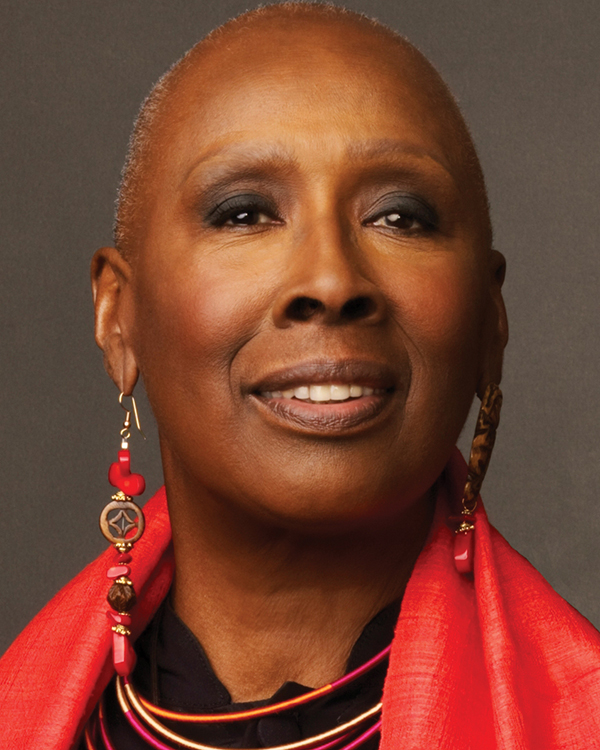
Judith Jamison
Judith Jamison (artistic director emerita) joined Alvin Ailey American Dance Theater in 1965 and quickly became an international star. Over the following 15 years, Ailey created some of his most enduring roles for her, most notably the tour-de-force solo Cry. During the 1970s and ’80s, she appeared as a guest artist with ballet companies all over the world, starred in the hit Broadway musical Sophisticated Ladies, and formed her own company, The Jamison Project. She returned to Alvin Ailey American Dance Theater in 1989 when Ailey asked her to succeed him as artistic director. In the 21 years that followed, she brought the company to unprecedented heights—including two historic engagements in South Africa and a 50-city global tour to celebrate the company’s 50th anniversary. Jamison was the recipient of numerous awards and honors, among them a Primetime Emmy Award, an American Choreography Award, the Kennedy Center Honor, a National Medal of Arts, a New York Dance and Performance (“Bessie”) Award, the Phoenix Award, and the Handel Medallion. She was also listed in “The TIME 100: The World’s Most Influential People” and honored by First Lady Michelle Obama at the first White House Dance Series event. In 2015, she became the 50th inductee into the Hall of Fame at the National Museum of Dance. In 2016, she received the Douglas Watt Lifetime Achievement Award from the Fred and Adele Astaire Awards. As a highly regarded choreographer, Jamison created many celebrated works, including Divining (1984), Forgotten Time (1989), Hymn (1993), HERE… NOW. (commissioned for the 2002 Cultural Olympiad), Love Stories (with additional choreography by Robert Battle and Rennie Harris, 2004), and Among Us (Private Spaces: Public Places) (2009). Jamison’s autobiography, Dancing Spirit, was edited by Jacqueline Kennedy Onassis and published in 1993. In 2004, under Jamison’s artistic directorship, her idea of a permanent home for AILEY was realized and named after beloved chairman emerita Joan Weill. Following her retirement from leading the company in 2011, Jamison continued to dedicate herself to asserting the prominence of the arts in our culture, and she remained committed to promoting the significance of the Ailey legacy—using dance as a medium for honoring the past, celebrating the present, and fearlessly reaching into the future. Her death on November 9, 2024 prompted an outpouring of love and admiration around the world from those who were touched by her magnificent artistry and extraordinary spirit.

